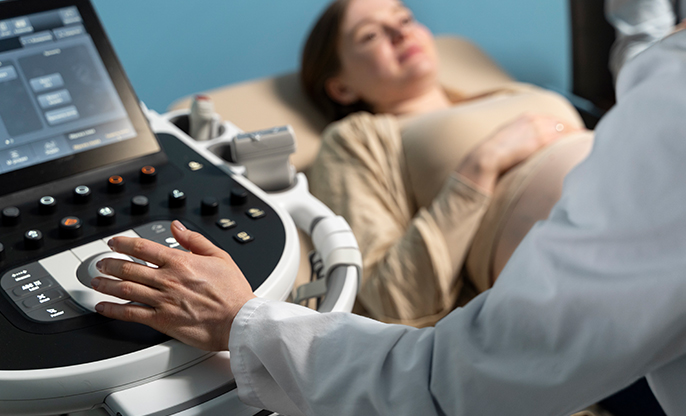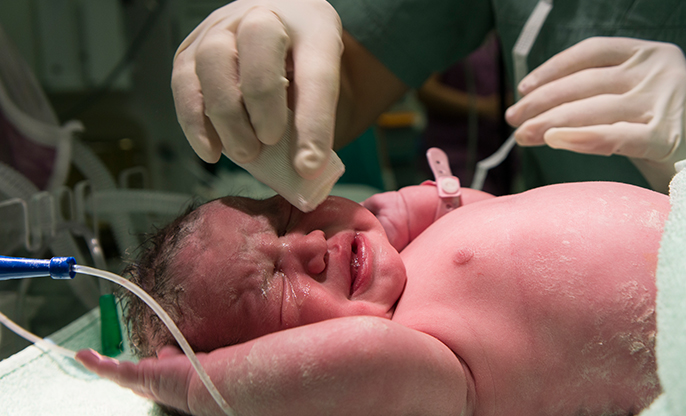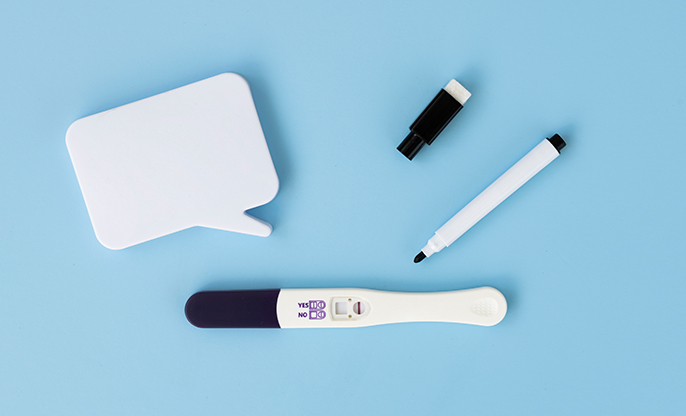
Gestational Diabetes Mellitus (GDM) is defined as Impaired Glucose Tolerance (IGT) with onset or first recognition during pregnancy. In simple words, gestational diabetes mellitus is a condition in which a hormone made by the placenta prevents the body from using insulin effectively. Glucose builds up in the blood instead of being absorbed by the cells.
Statistics
Worldwide, one in 10 pregnancies is associated with diabetes, 90% of which are GDM. And according to the Indian Journal of Endocrinology and Metabolism, 4 million Indian women developed GDM during the course of their pregnancy!
Difference
between type 1 diabetes and GDM
Unlike type 1 diabetes, gestational diabetes is not caused by the lack of insulin, but by other hormones produced during pregnancy that can make insulin less effective, a condition referred to as insulin resistance.
Possible
causes of gestational diabetes;
- Pre-pregnancy obesity
- PCOS
- Family history
- High cholesterol levels
- Previous history of hypertension
5 signs
of gestational diabetes;
- Dark pigmentation
- Worsening acne
- Macrosomia, in ultrasound
- Abnormally increased hair growth
- Excessive weight gain
Implications
on the baby;
Gestational diabetes generally occurs too late to cause birth defects. Undiagnosed or inadequately treated GDM can lead to significant maternal & fetal complications. Let’s see;
Macrosomia- this
refers to a baby who is considerably larger than normal. All of the nutrients
the fetus receives come directly from the mother's blood. If the maternal blood
has too much glucose, the pancreas of the fetus senses the high glucose levels
and produces more insulin in an attempt to use this glucose. The fetus converts
the extra glucose to fat.
Yes, the combination of high blood glucose levels from the mother and high insulin levels in the fetus results in large deposits of fat which causes the fetus to grow excessively large.
Hypoglycaemia- this
refers to low blood sugar in the baby immediately after delivery. This problem
occurs if the mother's blood sugar levels have been consistently high, causing
the fetus to have a high level of insulin in its circulation.
After delivery, the baby continues to have a high insulin level, but it no longer has the high level of sugar from its mother, resulting in the new-born’s blood sugar level to become very low. The baby's blood sugar level is checked after birth, and if the level is too low, it may be necessary to give glucose intravenously, to the baby.
|
Other implications on the
baby |
Other complications
during birth |
|
●
Excessive birth weight ●
Damage to shoulders
during birth ●
High changes of
developing respiratory problems ● Risk
of obesity |
●
Early birth ●
Hard delivery ●
High changes of caesarean ● Stillbirth |





































